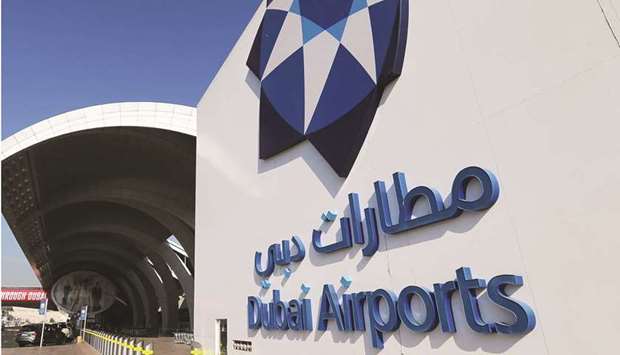Dubai Airports’ chief executive warned yesterday it would be another tough year for Dubai International, after passenger numbers slid 70% in 2020.
The airport, the base for airline Emirates and a major source of income for Dubai, handled 25.9mn passengers last year, mostly in the first quarter before the Covid-19 pandemic struck.
“We are planning for it to be a tough year. That’s undoubtedly the case...anyone that doesn’t think it’s going to be a tough year has clearly not being observing what’s been going on,” chief executive Paul Griffiths told Reuters.
The number of flights handled in 2020 fell 51.4% to 183,993 while the amount of cargo dropped 23.2% to 1.9mn tonnes.
Aviation executives and analysts expect it will take years for the industry to recover, with international travel restrictions continuing to cripple global demand.
Griffiths, who has run state operator Dubai Airports since 2007, said he was optimistic travel demand would increase as vaccine rollouts gathered pace globally.
That could see Dubai airport handle more passengers this year than in 2020, though he cautioned it would be a “long time” before the airport returns to pre-pandemic figures. “Intercontinental travel will continue to be a challenge.”
Dubai was the world’s fourth-busiest airport in 2019, according to industry group Airports Council International.
Last year’s 25.9mn passengers would not have qualified for the top 20 airports by passengers in 2019.
Unlike many other regions, Dubai and the wider UAE has no scheduled domestic flight network to cushion against the downturn in international travel.
London’s Heathrow airport and Charles de Gaulle airport in Paris, for example, handled 22.1mn and 22.3mn passengers respectively in 2020.
There has been no unified global approach to tackling the deadly pandemic that has killed over 2.5mn.
That, compounded with fears of contracting the virus, has crippled the travel industry as countries have closed borders and imposed tough entry restrictions. Griffiths said countries should move to a “secure risk management” strategy as opposed to “risk avoidance” where tough measures have been focused on eliminating the virus.

The corporate logo of Dubai Airports is seen at terminal three of Dubai International Airport (file). u201cWe are planning for it to be a tough year. That’s undoubtedly the case...u201d Dubai Airports chief executive Paul Griffiths told Reuters.
